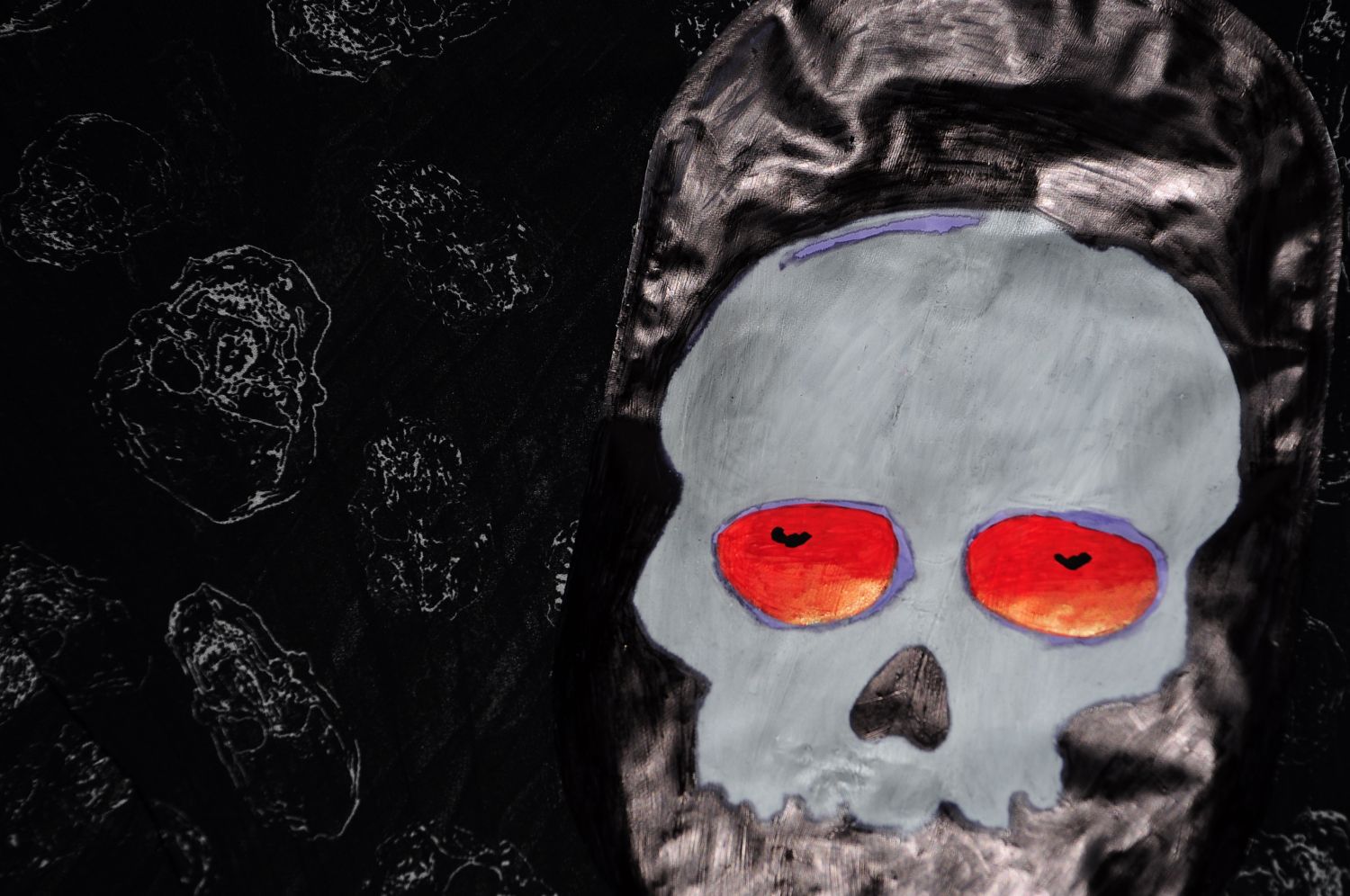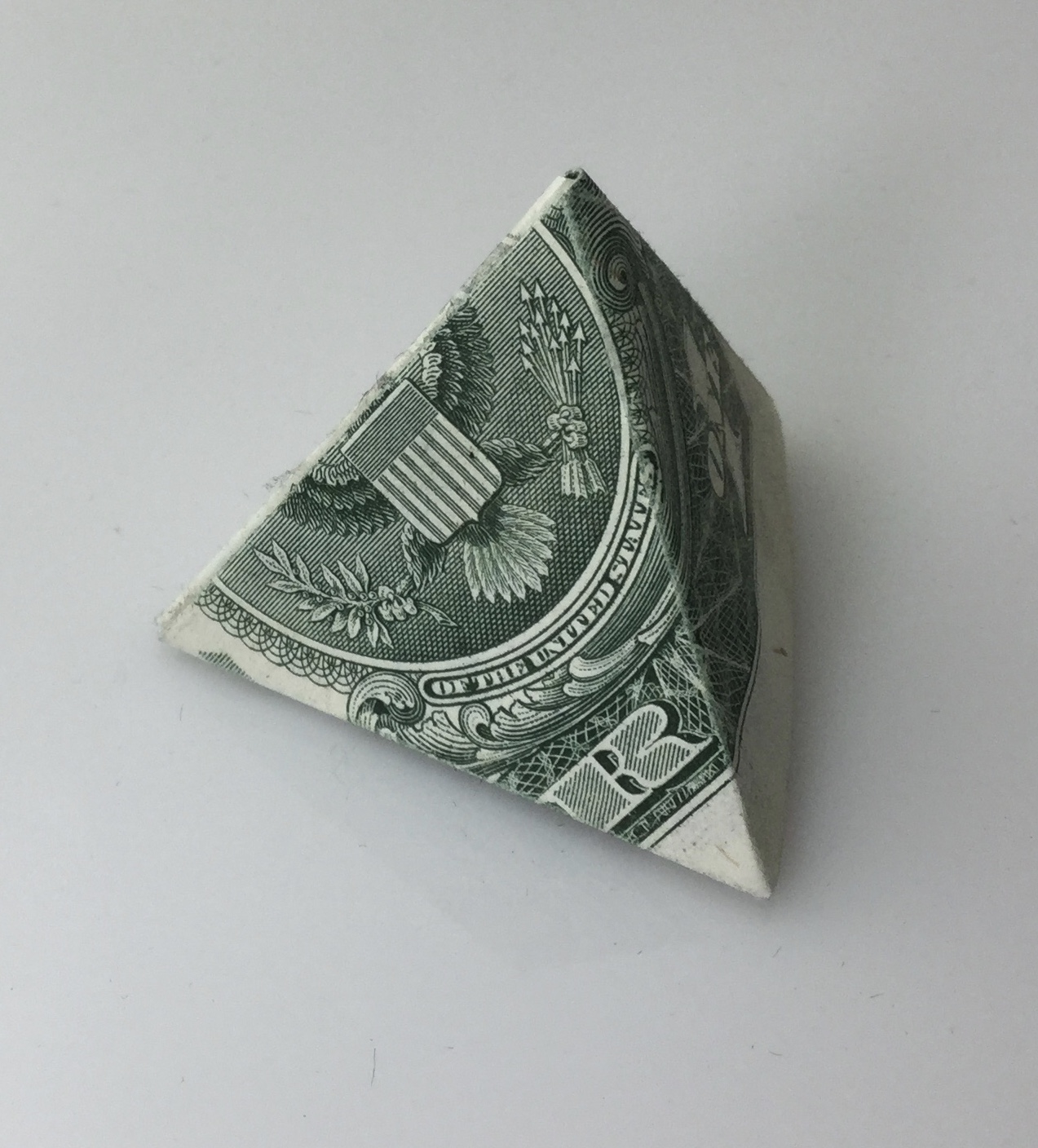
Major initial ‘P’, type 3, marks the start of fish. ‘V’ in margin is colour indicator for dark pink. A page is missing after f.72v which should contain the end of fish and the start of whale. The Ashmole Bestiary has a fine picture of a whale in this location (f. 86v).
This is an incredibly long entry, with a great deal of misinformation.
Text Translation:
Here begins the account of fish. Fish, pisces, get their name, like cattle, pecus, from the word for grazing, namely, pascere. They are called reptiles because, when they swim, they have the appearance and manner of crawling. Although they can dive deep, nevertheless they crawl as they swim. On this subject David says: ‘So is this great and wide sea, wherein are things creeping innumerable’ (Psalms, 104: 25)


























